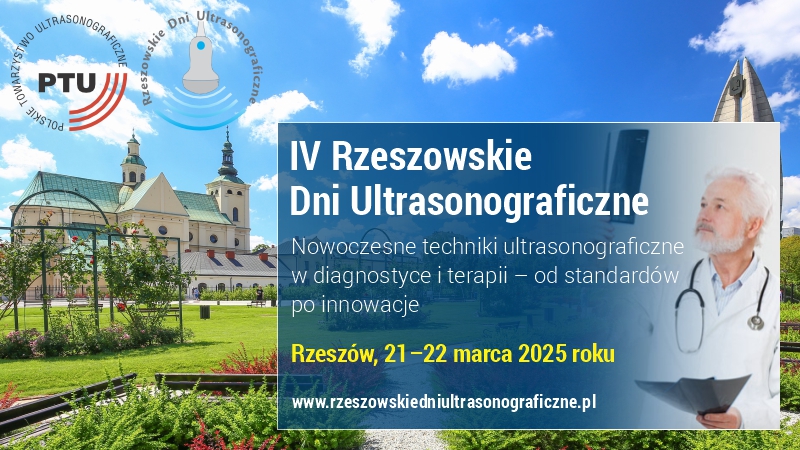Point-of-care ultrasound: a viable alternative for assessing ulnar neuropathy in rheumatoid arthritis?
Adel Azzam, Mohamed Mansy, Abdel Hamid Ghazaly, Hegazy Al-Tamimy
 Affiliation and address for correspondence
Affiliation and address for correspondenceAim of the study: This study seeks to evaluate the effectiveness of ultrasound measurements of the ulnar nerve cross-sectional area in comparison to electrodiagnostic tests for identifying ulnar nerve entrapment at the elbow in rheumatoid arthritis. Patients and methods: This study was designed as a cross-sectional observational analysis involving 90 individuals, divided into three groups: Group A consisted of 30 individuals diagnosed with rheumatoid arthritis without clinical signs of ulnar neuropathy at the elbow; Group B included 30 individuals with rheumatoid arthritis exhibiting clinical indicators of ulnar neuropathy at the elbow; and Group C comprised 30 healthy controls. Each participant underwent a thorough medical history assessment, along with both clinical and neurological evaluations. Additionally, ultrasound and electrophysiological assessments of the ulnar nerve were performed. Results: There was no significant demographic difference between the groups, except for age, which was notably lower in Group A compared to Group B. Additionally, abnormalities in nerve conduction studies and cross-sectional area were found to be significantly greater in Group B (p <0.0001). The cross-sectional area demonstrated diagnostic accuracy rates of 52.22%, 62.22%, and 78.89% for identifying ulnar neuropathy at Guyon’s canal, the medial epicondyle, and based on the elbow-to-wrist ratio, respectively. Conclusion: Ultrasonography exhibits high diagnostic accuracy, especially with the cross-sectional area at the medial epicondyle and the elbowto- wrist cross-sectional area ratio serving as important indicators for ulnar nerve entrapment in patients with rheumatoid arthritis.






